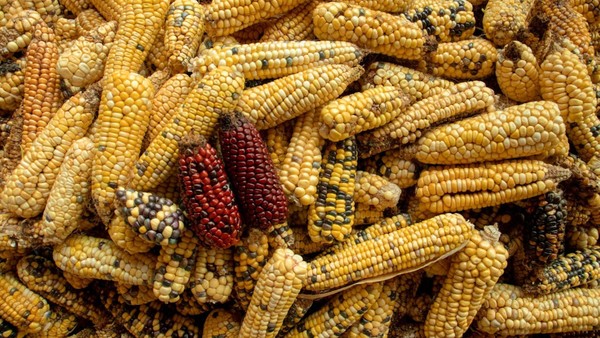NEW GENOMIC TECHNIQUES (NGTS): THE SOLUTION FOR A MORE SUSTAINABLE AND RESILIENT AGRICULTURE
In the EU, there is ongoing debate about new agricultural biotechnologies, which have the potential to enhance food security and mitigate the impacts of climate change. However, what is needed is a clear and responsible regulatory framework.
In recent weeks, the European Union kicked off the "trilogue" process—an informal negotiation between the Parliament, Council, and European Commission—aimed at defining the regulatory framework for plants derived from New Genomic Techniques (NGTs), as well as for the food and animal feed derived from them.
These new agricultural biotechnologies are part of a broader spectrum of innovations, including precision farming, that could help make the global food system more sustainable and resilient.
WHAT ARE NGTS (NEW GENOMIC TECHNIQUES)?
Also known as precision breeding techniques, New Genomic Techniques (NGTs) intervene on the genetic material of plants (but also animals and microorganisms). They can be used to introduce new traits or alter existing ones, ranging from nutritional content to resistance against pests or adverse climatic conditions such as drought and flooding.
The term generally refers to techniques developed after the European Union adopted GMO (Genetically Modified Organism) legislation in 2001. In 2018, the European Court of Justice ruled that NGTs should be treated in the same way as GMOs, though there are important distinctions. New Genomic Techniques do not involve inserting genes from other species.
Instead, they allow for the addition, deletion, or reorganisation of sections of DNA, enabling faster and more precise genetic changes. As a result, a plant produced through NGTs can be genetically indistinguishable from one that has occurred through natural mutation or traditional breeding.

THE ADVANTAGES OF NGTS: SOME EXAMPLES
Modern genomic techniques offer a strategic tool for making agri-food systems more sustainable, while addressing major global challenges such as food security and climate change.
The application of NGTs makes it possible to select plant varieties with greater resilience to environmental stresses, requiring fewer pesticides and fertilisers. By accelerating the process of crop variety selection, NGTs support the swift development of high-yield, more robust crops, which in some cases can also be made nutritionally safer through the reduction of allergenic compounds.
In addition, such innovations allow for a more efficient use of natural resources, like water and soil, thereby helping to reduce the environmental footprint of agriculture. Concrete examples of how these technologies are being applied include low-gluten wheat, genetically improved potatoes resistant to specific pathogens, and maize varieties selected for their ability to withstand prolonged periods without water.
WHY DOES THE EU NEED NEW RULES?
The aim of the trilogue currently underway is to provide legal clarity for the placement on the market of NGT plants. While the final wording of the legislation remains to be seen, which must be formally adopted by the Council and the European Parliament before coming into force, the two co-legislators broadly agree on the key principles of the proposal put forward by the European Commission in July 2023.
Two pathways are outlined:
- NGT plants falling under Category 1, which could also occur naturally or be produced through conventional breeding techniques, would be treated in the same way as conventional plants and therefore exempt from GMO legislation.
- Category 2 would cover all other NGT plants, which would be labelled accordingly and remain subject to the existing GMO framework, including risk assessment procedures and the requirement for authorisation before commercial release. Furthermore, the use of NGTs in organic farming would be excluded.
EUROPE’S FIRST NGT VINEYARD DESTROYED
NGT plants are at the centre of a complex debate, which also addresses ethical concerns, in addition to the risk, raised by many, of innovation becoming concentrated in the hands of large corporations to the detriment of small producers.
In this field, Italy has established itself as a pioneer within the EU. Through the 2025 Budget Law, the country has allocated 21 million euros to research and innovation in the agri-food sector.
In October 2024, for example, the first European vineyard planted with vines obtained through New Genomic Techniques—resistant to downy mildew, a fungal disease behind the decline in Italian wine production during the 2023 harvest—was inaugurated in San Floriano Valpolicella. The project marked a major achievement in viticultural research, led by the University of Verona through its spin-off Edivite.
However, in February 2025, unknown individuals targeted the experimental vineyard, causing extensive damage to the crops. Just a few months earlier, in Mezzana Bigli, in the province of Pavia, another experimental field, this time of genetically improved rice, also developed using NGTs, had been destroyed.

